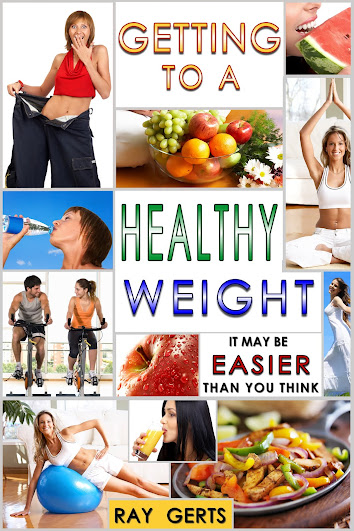Whether it’s on the latest magazine cover, during a doctor’s appointment, or even just in the department store change room, belly fat seems to be getting a lot of our attention these days. But how do you know whether your personal stockpile of abdominal fat is a longevity threat or just a cosmetic nuisance?
As we get older, fat tends to migrate towards the mid-section of our body, whether we’re male or female.
Many women notice a “menopot”, or thickening of their waistline after menopause. This can be true even if they traditionally had a flat tummy, and haven’t gained any weight. Yes, as you get older your waistline can grow and you don’t have to gain weight. Other parts of your body are naturally shrinking. Your muscle mass can shrink over 50, especially if you don’t work out.
You can avoid that menopot by changing your diet and doing some exercise. It’s inactivity that will change your body’s shape.
Read more: Help! My body shape is changing!
While subcutaneous fat sits just beneath your skin and is not considered dangerous, visceral fat that surrounds your internal organs is hormonally active tissue associated with insulin resistance and a host of other serious problems. Visceral fat can lead to diabetes and metabolic syndrome, a collection of risk factors that increase your chances of cardiovascular disease, even death.
Read more: How obesity hurts your liver
One way to assess your belly fat risk is to measure your waist-to-hip ratio; a ratio of 0.8 or less in women, or 1.0 or less in men is considered within a healthy range. Other methods of measuring visceral fat include computerized tomography which uses multiple X-rays, magnetic resonance imaging (MRI), and ultrasound technology.
Get the answer lying down: In her book Fit to Live, Assistant Clinical Professor of Medicine at the University of Maryland’s medical school Pamela Peeke, MD, has this advice on a low-tech way to determine which kind of six-pack you’re packing:
Lie down on your back
Feel for your pelvic bones with your index fingers
Contract your abdominal muscles as if you were lifting something very heavy
Feel your abdomen from side to side
Peeke writes that if your abdominal muscle stays quite flat as you’re bearing down, then the fat you feel on your abdomen is subcutaneous, or “outer” fat. If, on the other hand, your abdominal muscle sticks out (as though you’re slightly pregnant), it means you have dangerous visceral fat within your abdominal cavity.
Try it! While crunches and other ab exercises may tone your belly, they won’t remove the fat inside it. The good news is that getting rid of any body fat will help diminish the amount of visceral fat within your abdomen. Eating enough fruits and vegetables, fiber, whole grains, and fish — all part of a Mediterranean-style anti-aging diet — as well as regular daily exercise will help you lose pounds and dangerous belly fat.
Follow me on X, the former Twitter, @ray0369 to get a link to my latest posts.
If you want to lose your body fat, look for my e-books at the websites listed below. You’ll get information on Healthy eating, exercise, and diet. Instead of spending hours on the internet reading dozens of posts, you can save time by picking up one of my e-books. There are two e-books. “How Bad Do You Want To Lose Weight?” is available at all the online bookstores selling for $3.99. Go to any of the websites below and search the title to find my e-book. This book gives you all you need to lose weight without spending money on gym memberships, diet plans, or meal plans.
Look for my first book at Amazon.com, bn.com, iBooks, Kobo.com, Scribd.com, or Gardner Books in the U.K.
My new e-book is available on Smashwords.com and other online bookstores. Just type “getting to a Healthy Weight” in the search box at the top of the home page.
Look for my podcast by searching “How Bad Do You Want To Lose Weight” on the podcast app that you use. You’ll see a piece of my book cover.




:max_bytes(150000):strip_icc():format(webp)/GettyImages-587939444-59abe5c1e693498eb95ba9579932acdb.jpg)


